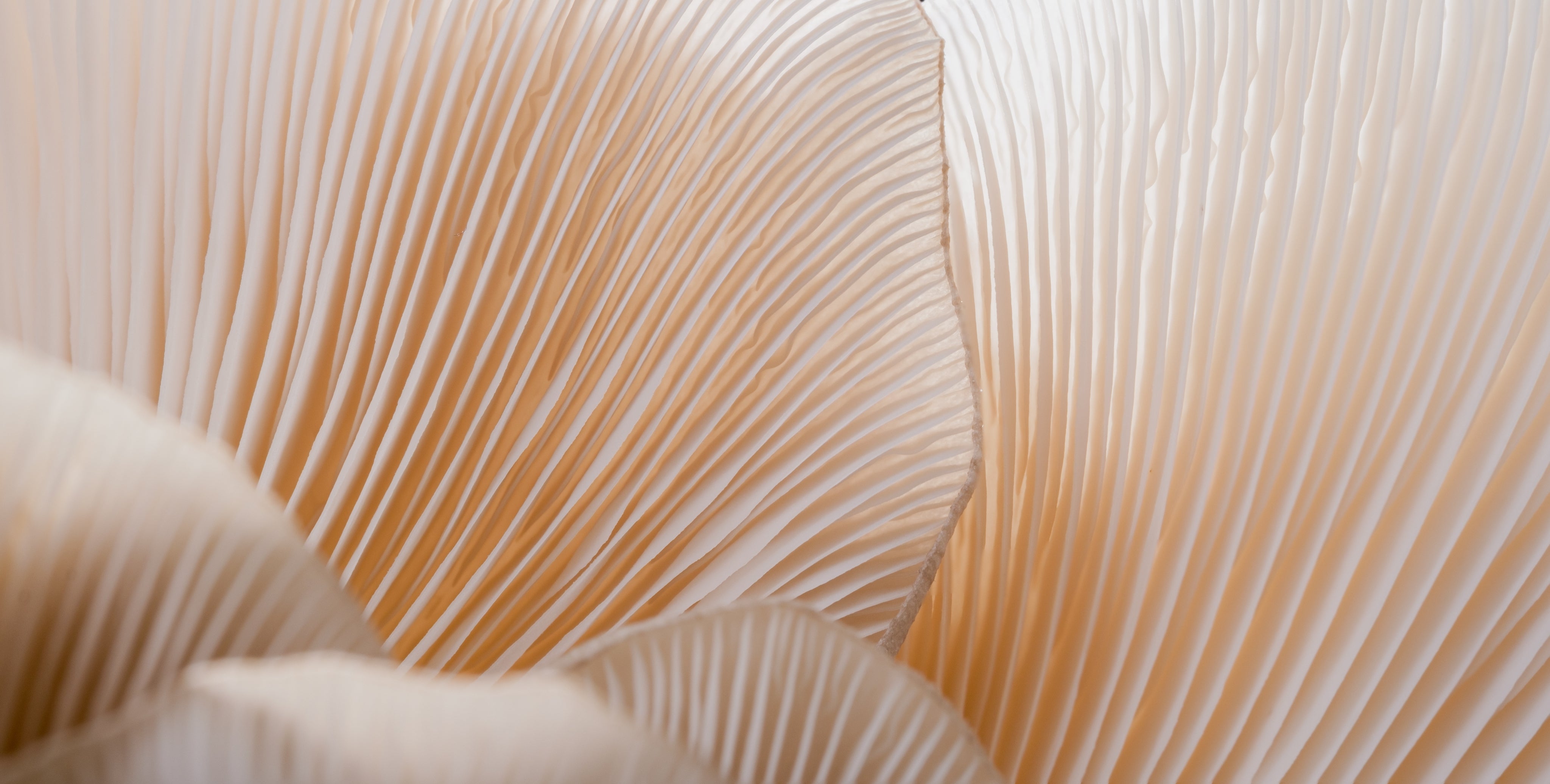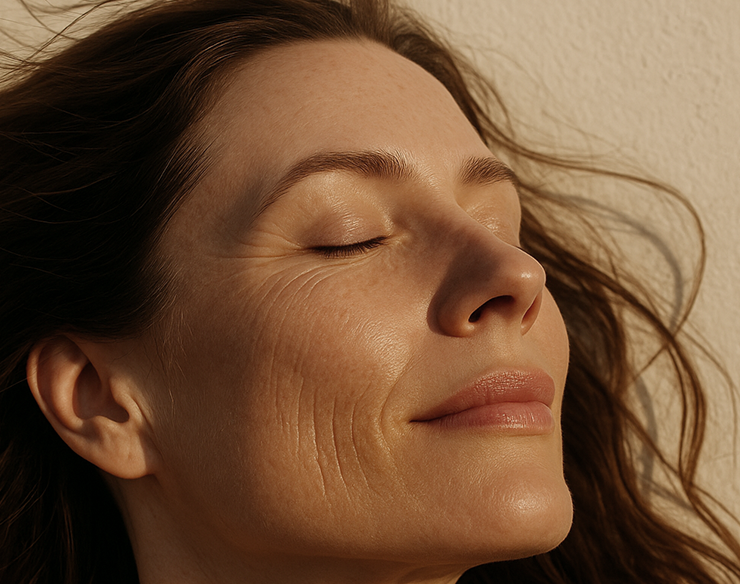The genus Mugwort – Latin Artemisia – who doesn't know it? Its name refers to Artemis, the goddess of the hunt, the forest, and the moon, and it includes about four hundred species in total. Among these is, for example, common mugwort (Artemisia vulgaris), a kitchen herb that not only makes the fatty Christmas goose more digestible but is appreciated all year round. Another species is Artemisia annua, the annual mugwort. This wild plant contains the active ingredient artemisinin. It belongs to the Asteraceae family, is annual, and reseeds itself continuously.
Artemisia Annua: The annual herb with an aromatic scent
On herbaceous, bare stems, the annual mugwort (Artemisia annua) raises its delicately feathered, silvery-green leaves, which can reach a length of up to five centimeters. From August, the small, raceme-arranged, pale yellow flowers open, and a fine scent emanates from the plant. Shortly thereafter, the brown-colored, spherical seeds appear, with which the plant spreads itself. The annual herb thrives in sunny, dry locations and can reach a height of up to two meters.
From Eurasia to the Elbe
The annual mugwort (Artemisia annua) is found almost everywhere in the world. Its original habitat is sandy river and lake shores, river valleys in the semi-desert and steppe regions of Asia, but not the pure desert areas. Originally, the annual Artemisia comes from the warm regions of Eurasia; today, its occurrences extend from China and northern India through Iraq to southeastern Europe, Lower Austria, and Switzerland. (1)
Artemisia Annua also occurs in Germany, especially along the Elbe and the lower Saale. Most subspecies are undemanding: poor soil is sufficient for them, they appreciate sun or like it semi-shady. The plant can also be easily grown in the garden; it is considered low-maintenance and robust. Similar to its relatives, wormwood and common mugwort, it spreads by self-seeding.
Artemisia in naturopathy
Mugwort is known for its aromatic scent, reminiscent of a mixture of chamomile and camphor. Its essential oils spread in the warmth and complement the meadow or forest scent in summer. The use of Artemisia in the kitchen as well as in naturopathy has a long history.
Mugwort according to Hildegard of Bingen
Numerous medicinal plants have always been cultivated in monastery gardens, including various species of the genus Mugwort (Artemisia). Wormwood (Artemisia absinthium L.) is valued for its bitter substances. In low doses, they are said to stimulate appetite and support digestion, and Hildegard of Bingen also recommended it as an anti-inflammatory remedy beneficial to the stomach. Mugwort (Artemisia vulgaris), on the other hand, has traditionally been used in the preparation of dishes such as Martin's goose and fatty meat, which it makes more digestible.
Annual Mugwort in TCM
In Traditional Chinese Medicine (TCM), Annual Mugwort (Artemisia annua) has had a fixed place under the name Qing-Guo for over a thousand years. It is recommended there for febrile diseases, inflammations, and infections and is said to restore inner balance, balance Yin deficiency, and combat heat. It removes moisture from inflammations and weeping eczema and promotes dryness. In addition, mugwort was used as an anthelmintic, protected vegetable plants through mixed cultures, and drove away unpleasant odors and insects with its aromatic scent.
The discovery of Annual Mugwort is attributed to the mythical Chinese ancient emperor Shen Nong (also: Shennong). He is said to have brought not only agricultural techniques but also medical practices and herbal medicines to the Chinese and wrote one of the foundational works of Chinese herbal medicine with the "Shen Nong Ben Cao Jing." (2)
Current research on Artemisia Annua
Based on experiences in TCM, Artemisia Annua has since been further researched in Asia and is now used in the fight against various diseases such as malaria, tuberculosis, and also cancer. The herb is intended to act complementarily, that is, as a supplement, to conventional medical treatments.
Current research on Artemisia Annua has shown that it is probably above all the interplay of over 600 active ingredients that makes annual mugwort so valuable. The active ingredients contained include, among others:
- Amino Acids as a Protein Source and Support in Collagen Formation
- Essential Oils with Relaxing and Antibacterial Effects
- Calcium for the Maintenance of Bones and Teeth
- Coumarin as an Anti-Inflammatory, Antispasmodic, and Cholesterol-Improving Substance
- Iron for Hemoglobin and Oxygen Balance
- Flavonoids to Strengthen the Immune System
- Menthol with Pain-Relieving and Cooling Effects
- Thymol as an Antiseptic Substance
- Vitamin E as Active Cell Protection
- Artemisinin as a Remedy Against Malaria
Artemisinin: The Nobel Prize for an Active Ingredient
An important active ingredient of annual mugwort is artemisinin. The medicinal plant itself had long been used in Chinese medicine as a remedy against malaria, but it was only in 1972 that the active ingredient artemisinin was isolated for the first time. The Chinese pharmacologist Tu Youyou, who achieved this, received the Nobel Prize in Medicine in 2015 for it.
Artemisinin and Malaria
After it became possible to isolate artemisinin, this substance became the basis of an effective therapy against malaria, especially against the various severe forms that are not treatable with conventional malaria drugs. (3) Meanwhile, the World Health Organization (WHO) also recommends combination therapy with extracted artemisinin (artemisinin-based combination therapy, ACT) for the treatment of malaria. (4)
Artemisinin in COVID-19 and Cancer
Due to the successes of artemisinin in treating severe forms of malaria, research into plant-based therapies has generally gained increasing importance. During the COVID-19 pandemic, leading institutes such as the Max Planck Society researched the use of mugwort against SARS-CoV-2 (coronavirus). Additionally, there is now evidence of an inhibitory effect of artemisinin on tumor cells (5), and some research projects are promisingly using artesunate, an artemisinin derivative, in cancer therapy. However, further research is needed here.
Production of Artemisinin
Artemisinin can theoretically be obtained through chemical synthesis or in-vitro production, but these methods are very complex and therefore costly. For this reason, artemisinin is still primarily obtained today from agriculturally cultivated Artemisia Annua. (6) This cultivation mainly takes place today in China, Vietnam, and various East African countries. Two hectares of cultivation area yield about two tons of leaf material, which in turn produces two to three kilograms of extract, with the artemisinin content in wild plants ranging between 0.1 and 0.4%, and in cultivars up to 1.4%.
Artemisinin as a dietary supplement: instructions for use
At Euro Nutrador, we use one of the most advanced extraction methods on the market to produce an Artemisia annua extract of the highest purity and quality. Through strict quality controls, we ensure that our product contains no contaminants or unwanted substances.
Artemisinin: intake and dosage
The Artemisia annua extract in capsule form from Euro Nutrador allows you to determine the dosage individually and precisely, which is not always possible when using leaf material.
Potential side effects of artemisinin, known risks and warnings
Caution is generally advised when using Artemisia annua in leaf form. Exact dosing is difficult, and overdoses can cause harm and trigger intolerances. Furthermore, Artemisia extracts show only very low toxicity with high efficacy, unlike pure mugwort, which can be toxic at high doses.
Please note that due to the provisions of the Novel Food Regulation, the use of Artemisia annua as a dietary supplement is prohibited. Euro Nutrador therefore only recommends the external use of the plant raw material artemisinin to utilize the positive properties of the annual plant.
Please consult your healthcare professional before integrating new products into your care routine, especially when it involves the use of plant raw materials such as artemisinin. Under certain conditions, such as during pregnancy, breastfeeding, or allergies, it is advisable to consult your general practitioner.
Sources
(1) https://leopard.tu-braunschweig.de/servlets/MCRFileNodeServlet/dbbs_derivate_00001585/Document.pdf
(2), (3) https://www.ncbi.nlm.nih.gov/pmc/articles/PMC7362865/
(4) https://www.who.int/health-topics/malaria#tab=tab_3
(5) https://cam-cancer.org/en/artemisia-annua
(6) https://leopard.tu-braunschweig.de/servlets/MCRFileNodeServlet/dbbs_derivate_00001585/Document.pdf
Legal notice regarding health-related claims:
Our information is for general informational purposes only and does not replace medical advice. Dietary supplements do not replace a balanced diet and a healthy lifestyle. Health-related claims about dietary supplements must comply with the Health Claims Regulation (EC) No. 1924/2006 and be approved by the European Food Safety Authority (EFSA). If you have health complaints or questions, please consult a doctor.
Legal notice regarding health-related claims:
Our information is for general informational purposes only and does not replace medical advice. Dietary supplements do not replace a balanced diet and a healthy lifestyle. Health-related claims about dietary supplements must comply with the Health Claims Regulation (EC) No. 1924/2006 and be approved by the European Food Safety Authority (EFSA). If you have health complaints or questions, please consult a doctor.













